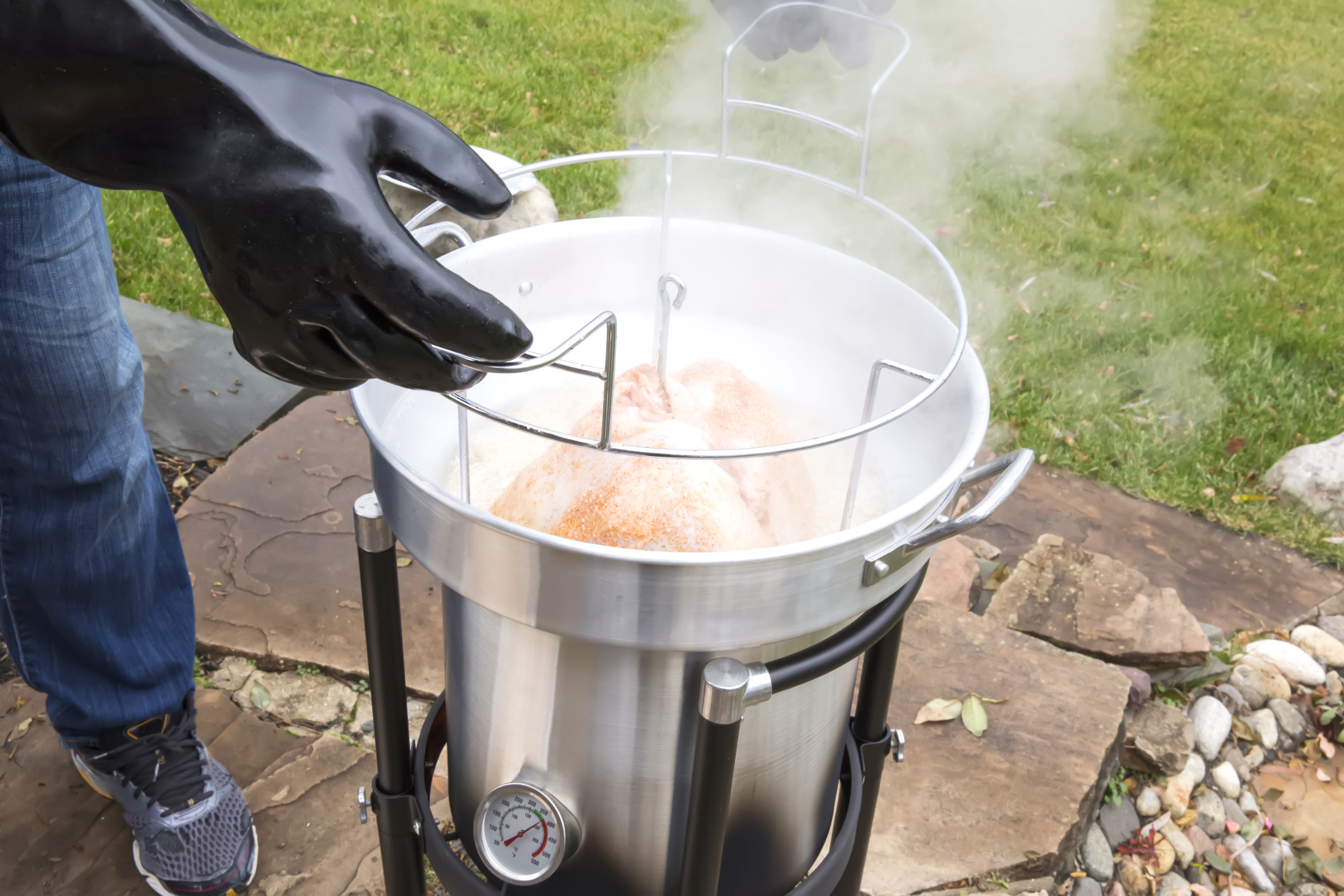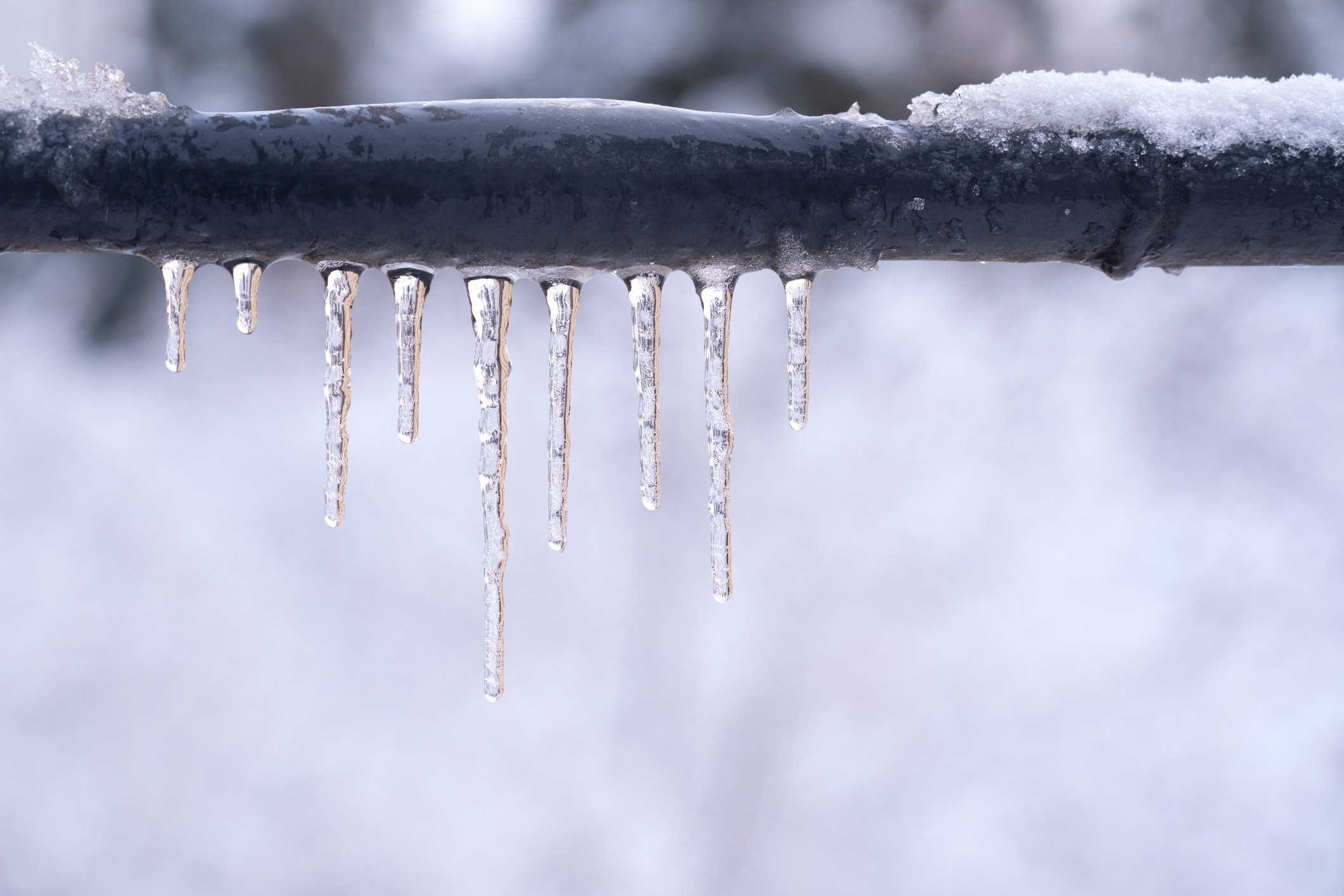Dealing with insurance companies after experiencing fire or water damage can be a complex and often stressful process. Understanding the steps involved and knowing how to navigate the system helps ensure you receive the compensation you’re entitled to.
Here’s a comprehensive guide to managing this situation effectively.
Immediate Steps After Damage
- Ensure Safety: First and foremost, ensure the safety of all household members. In the case of fire damage, wait for the fire department to declare the property safe. For water damage, turn off the main water supply and electricity to prevent further damage and hazards.
- Document the Damage: Before cleaning or making any temporary repairs, thoroughly document the damage. Take clear, detailed photos and videos of all affected areas and items. This visual evidence is crucial for supporting your insurance claim.
- Notify Your Insurance Company: Contact your insurance company as soon as possible to report the damage. Most policies require prompt notification, and delays can affect your claim. Provide a clear, concise account of the event and the extent of the damage.
Understanding Your Policy
- Review Your Policy: Carefully read through your insurance policy to understand what is covered and what is not. Pay attention to coverage limits, deductibles, and exclusions. Understanding your policy will help you know what to expect from the claims process.
- Ask Questions: If anything is unclear, don’t hesitate to ask your insurance agent for clarification. Understanding terms like “actual cash value” (ACV) versus “replacement cost” (RCV) can significantly impact your claim’s outcome.
Pro Tip: It’s important to understand the distinction between flood damage and water damage. Insurance policies view these differently.
For more info on flood damage vs. water damage, read our article: Flood Damage and Water Damage: What’s the Difference?
Filing the Claim
- Prepare a Detailed Inventory: Create an inventory of all damaged items, including their descriptions, purchase dates, and estimated values. Attach the photos and videos you took as evidence. The more detailed and organized your inventory, the smoother the claims process will be.
- Obtain Repair Estimates: Get estimates from licensed contractors for repairing the damage. Providing your insurer with multiple quotes ensures that you receive a fair settlement. Do not start extensive repairs until you get approval from the insurance company, but make necessary temporary repairs to prevent further damage.
- Keep Records: Maintain detailed records of all communications with your insurance company, including phone calls, emails, and letters. Keep copies of all documents submitted and received. This documentation will be useful if there are any disputes or delays.
Working with Adjusters

- Cooperate with the Adjuster: An insurance adjuster will likely visit your property to assess the damage. Be cooperative and provide them with all necessary information and documentation. Point out all damages, even those that might seem minor.
- Be Present During the Inspection: Being present during the adjuster’s inspection ensures that no damage is overlooked and any questions they might have are answered. It also allows you to gain a better understanding of the process and the adjuster’s perspective.
Negotiating the Settlement
- Review the Settlement Offer: Once you receive a settlement offer, review it carefully. Make sure it covers all the damages and matches your documentation and estimates. If the offer is lower than expected, you have the right to negotiate.
- Negotiate if Necessary: If the initial offer is insufficient, provide your insurance company with your documented evidence and contractor estimates to support your case. Be polite but firm in your negotiations.
Final Steps
- Seek Professional Help if Needed: If you’re struggling with your claim or believe you’re being treated unfairly, consider hiring a public adjuster or an attorney who specializes in insurance claims. They can help you navigate the process and advocate on your behalf.
- Finalize the Repairs: Once you receive your settlement, proceed with the necessary repairs. Keep all receipts and documentation of the work done for future reference and potential claims.
Trust the Pros!
Dealing with insurance companies after fire or water damage can be stressful, but thorough documentation, clear communication, and a solid understanding of your policy are key to a successful claim. Working with a reputable emergency restoration service reduces the amount of stress after a damaging experience. The experts at 24 Hour Flood Pros will get you on your feet and back to normal in no time.
By following these steps, you can navigate the process more effectively and ensure you receive the compensation you need to restore your property.





